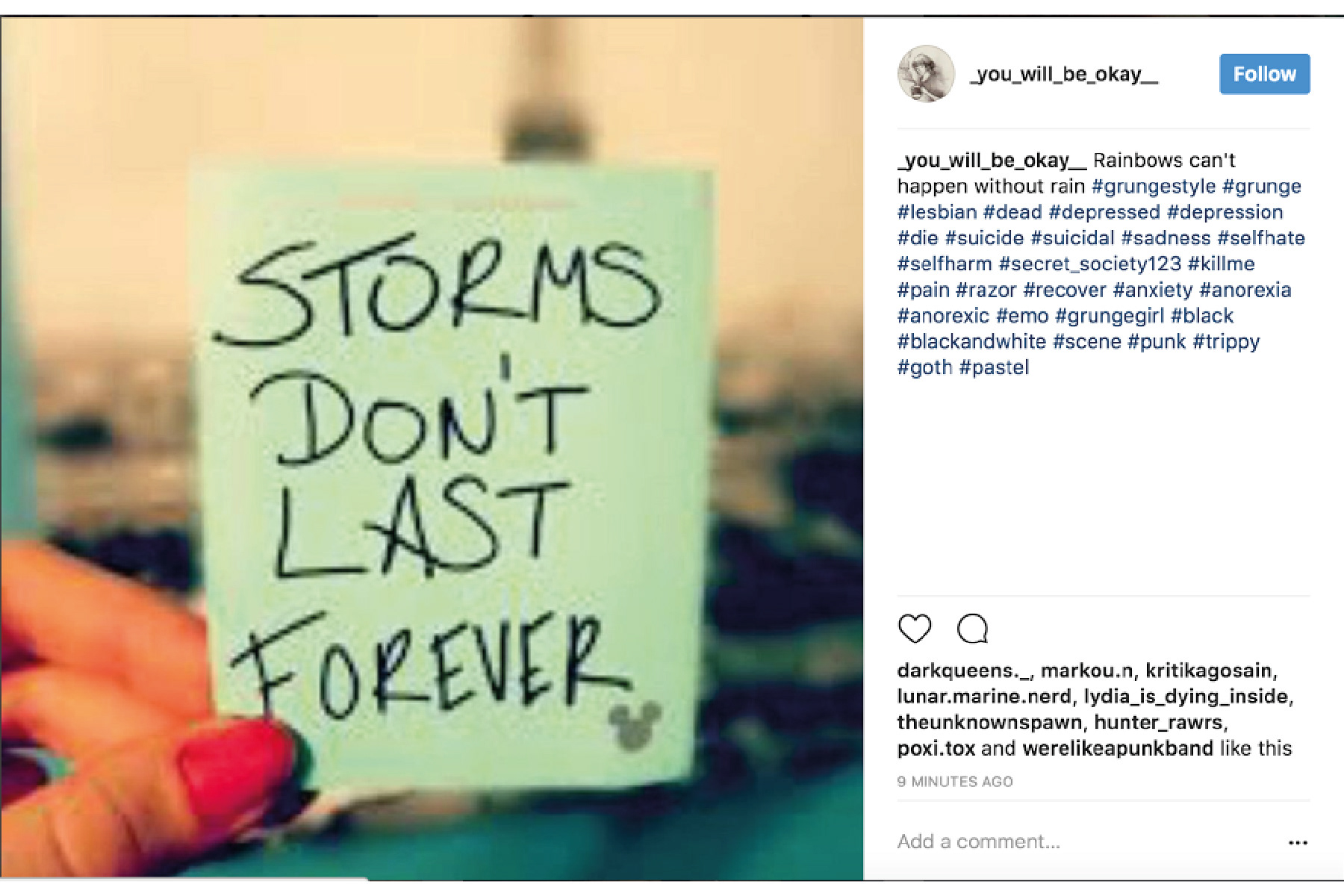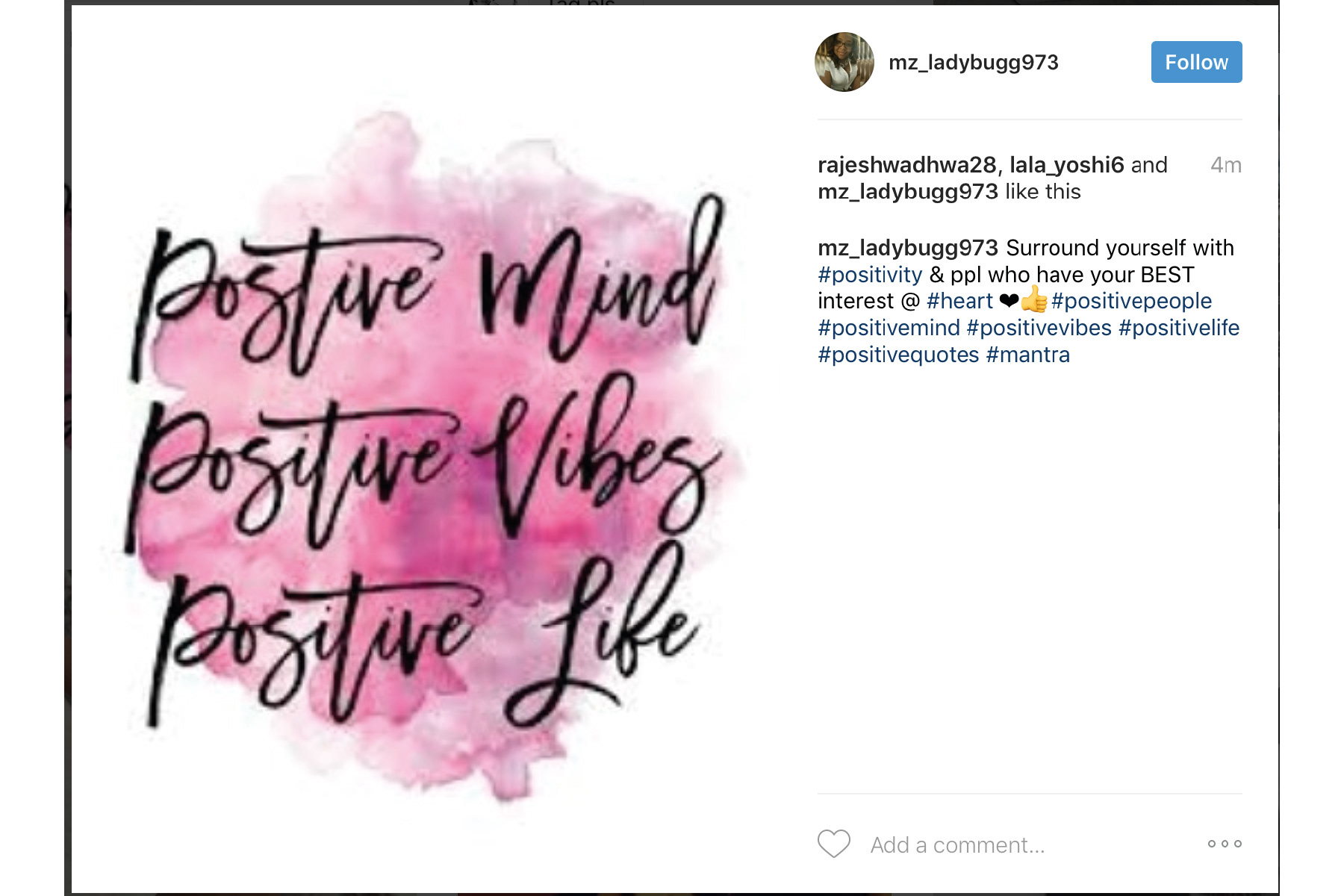The first step in the process was to understand the pervasive nature of social media and how it portrays the ideal life.
To do that I made a case study video and mock Instagram posts. When the QR Code in the Instagram post is scanned, the creation process of the post can be seen. There is omission of 'unappealing' backgrounds and enhancement in many of the situations.
Mock Instagram Posts
The aim with this was to illustrate the disparity that exists, the next step was to find out the impact of the disparity through a survey with the target audience and interviews with experts on the subject matter — social media designers & psychologists.
Above: A poster showing a snapshot of the findings from the survey



Above: Social Media Posts found using #lonely #depressed #motivation #positive vibes to illustrate the content we share on a public platform
I conducted two experiments to understand the interaction online and offline. The first one (above) was to go live on Instagram for three days. The second one (below) was to narrate the public posts from above (the hashtags) to strangers at a mall, mimicking the public nature of social media, and record their reactions.
What I understood from the research that I conducted was that social media, like all things in life, needs to be used more mindfully. And from these insights I created a test (below) that could be incorporated as part of the process to post something on the internet. If the poster is able to attest on all three accounts, they should go ahead with their post.
And alternatively, as the thesis derived from my project, I imagined a different social media world, one with flaws but could serve as starting point for a re-imagination of the digital world.